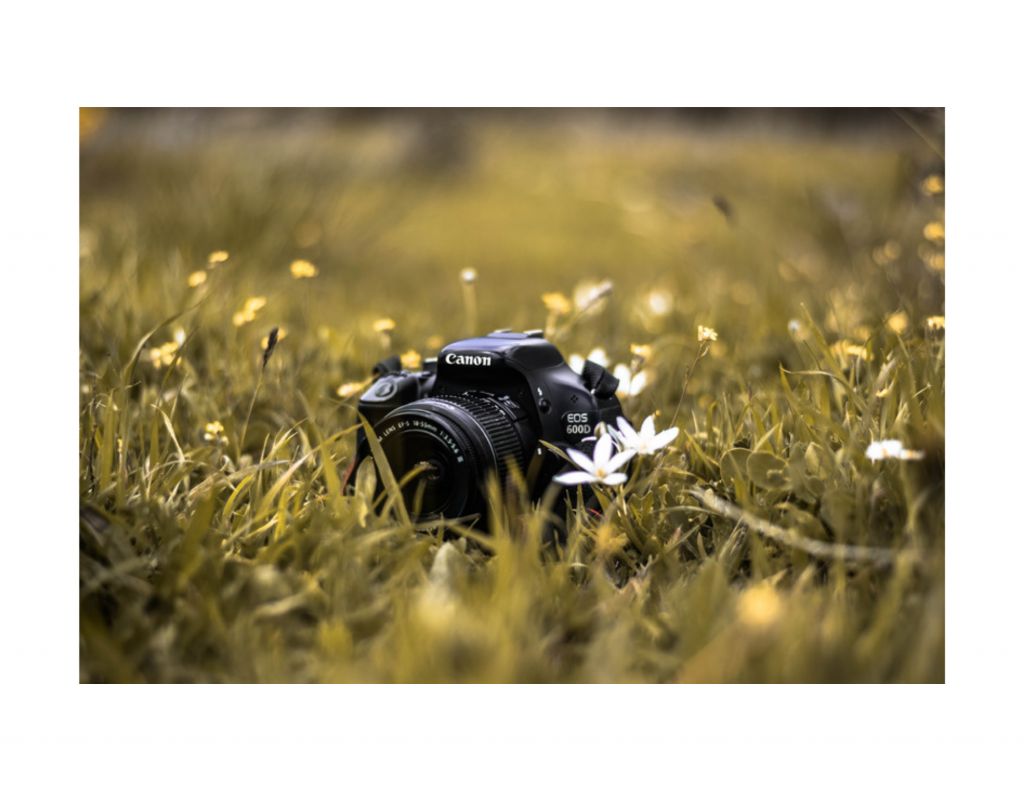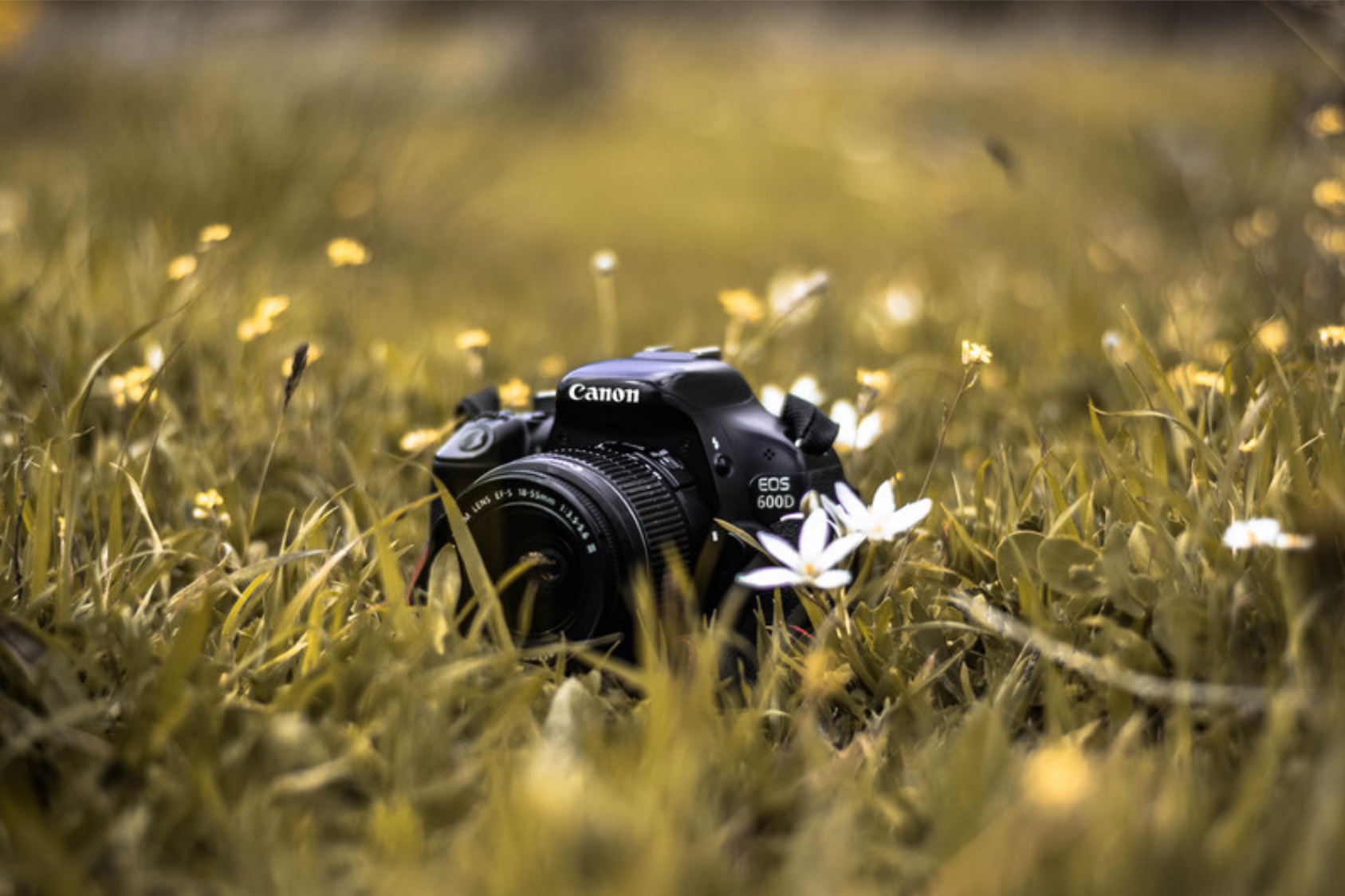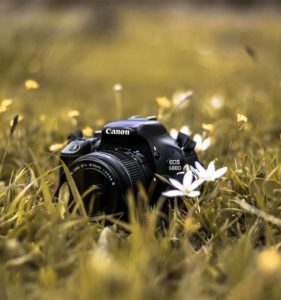To understand the difference between a DSLR and a Mirrorless camera, you need to understand them individually. Let’s look at the DSLR first. These days everyone has heard about DSLRs and has seen a lot of them around. The truth is, most of the people who even own a DSLR do not know the technology inside it. DSLR stands for “Digital Single Lens Reflex”. SLRs were born when there was the need for photographers to view the exact frame that the camera is capturing. Earlier cameras had separate viewfinder lens to see the image they are about to capture.

A Double Lens Camera
When SLRs were introduced, the photographer could see the exact frame the camera captures. The device became compact and it was able to capture images with a shutter speed range of 1 second to 1/1000th of a second. However they used films to record images so the number of images that could be taken was limited. The films had to be developed in a studio to get the photo that was taken. It is when the photo is developed; even the photographer sees what he had shot.
DSLRs were a breakthrough as photo sensors and memory cards replaced films, the number of photos taken had no limit, there was no hassle of handling films anymore, shutter speeds ranged from 30 seconds to 1/8000th of second, changing of lenses were possible. There were countless improvements in photography. The photographer could preview the photo he has taken on an LCD screen just after the shot so that he could take a better shot. That’s all for history, now let us take a look at the technology.
The SLR ‘s mechanism
How do the viewfinder and the sensor share the same lens? As the name suggests, through reflection. The light entering through the lens is pointed directly to the camera sensor. However, a mirror is placed in their path which reflects the light on to glass prism (Pentaprism or Pentamirror) above, which directs the light to the viewfinder.
The photographer sees the image from the lens through the optical viewfinder(OVF) and when he releases the shutter, the mirror in front of the sensor flips up and clears the path of the light to the sensor. The sensor captures the image it sees and stores it on the memory card. Latest cameras have ample sized LCD screens on to which an instant preview of the image captured is shown.
Mirrorless Camera
Just as the name says, these cameras doesn’t have a mirror to reflect the light to the viewfinder. Instead of an optical viewfinder, they have an Electronic Viewfinder (EVF). The EVF gets its feed live from the image sensor behind the lens.
It is the result of the current ISO, Shutter Speed, Aperture, White balance setting that is shown through the EVF in real-time not the real scene. So you can see how your picture is going to look even before it is shot.
Now let us take a look how does this design makes it different from a DSLR
Size and Weight
DSLRs are larger, thicker and heavier since they have the Mirror box consisting of the main mirror, the pentaprism, the sub mirror, AF sensor and lens. On the other hand, Mirrorless cameras are smaller, thinner and lighter.
Electronics
Mirrorless cameras have more electronics compared to the DSLRs. Mirrorless cameras have an electronic viewfinder and an in-body stabilization system. DSLRs have optical viewfinder and most of them lack an in-body stabilization.
Weight Balance
Since Mirrorless cameras are lighter, while mounting bigger lenses you might feel a little off balance in your hand. Especially when you are using an lens adapter for DSLR lenses. Also, someone with bigger hands might feel a little awkward holding on to a small and light Mirrorless. DSLRs are heavier and sturdy in hand and feel more balanced even when mounted with bigger lenses.
Flange Distance
Flange distance is the distance from the lens mount to the image sensor of the camera. DSLRs have a greater flange distance (around 40 – 45 mm) since they have to accommodate the Mirror box in between the lens mount and the sensor. Canon’s EF mount is 44mm, Nikon’s F is 46.5mm. Mirrorless cameras have much lesser flange distance due to the absence of the Mirror box (around 20 mm or less). Sony’s E-mount has an 18mm, the MFT system has a 19.25mm flange distance. A smaller flange distance means sharper images and stable mounting of lenses.
Battery Life
DSLRs has less electronics which means more battery life. The optical viewfinder does not need power to work and the image sensor does power up unless the shutter is released and the mirror flips up. But if you are using your DSLR in live view mode like for example while shooting videos, it will use more battery almost same as that of a Mirrorless camera. Since Mirrorless cameras come with more electronics like the EVF and the in-body stabilization, they need more power resulting a less battery life than a DSLR. In a Mirrorless camera the image sensor is ON even when you compose the frame through the viewfinder. However companies like Sony has already developed better batteries that give more life and also they have added the option to charge the camera using a c-type USB cable which means you can charge your camera with your phone’s adapter or charge it on-the-go using a power bank. We can expect even better batteries in the coming models.
Silent Shooting
DSLR s are noisy when compared to new Mirrorless cameras. In a DSLR, when the shutter is released, the sound of the mirror flipping up and the sound of the shutter altogether becomes really distracting and disturbing while covering a wedding or shooting at a golf tournament. Mirrorless camera comes with softer sounds with their mechanical shutter and silent shots with their electronic shutter technology.

